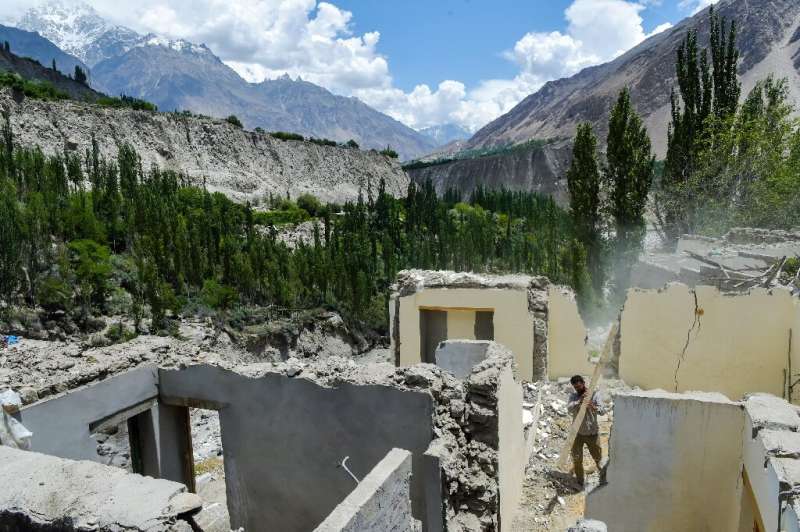In a recent article, I discussed a study that discovered more than 7,000 glaciers in northern Pakistan. These glaciers are spread across the Greater Himalaya, including the Biafo Glacier and Nanga Parbat region. But did you know that Pakistan is also home to many other types of glaciers, too? Read on to learn about a few of them, as well as their importance.
7,000 glaciers in Pakistan’s far north
Pakistan is home to more than 7,000 glaciers, the most outside of the polar regions. These glaciers feed 75 percent of the country’s stored water, but they’re rapidly receding due to several factors. Climate change, less snowfall, heavier summer rainstorms, and rampant deforestation are all factors contributing to the melting glaciers. In order to protect the people living in the area, Pakistan must do more to reverse the trend and prevent the retreat of the glaciers.
The country’s mountain regions, such as the Karakorum Mountains, are also at risk. More precipitation falling as snow will increase the amount of ice on the glaciers. Fortunately, many of Pakistan’s glaciers are covered in debris. Although this helps insulate them, the glaciers are still under stress. In July 2013, a 20-foot-high wall of water swept over 126 houses in Reshun village, killing a four-year-old girl.
7,000 glaciers in the Greater Himalaya
There are over 7,000 glaciers in the Greater Himalaya, but how many of these are active? A recent study found that more than half of these glaciers are not actively calving. This may be because of their lack of snow-melt, but the glaciers are still active. Glaciers can slide down mountain peaks due to their weight. The movement of the glaciers is influenced by their elevations and the amount of snow that falls on them.
The Himalayan glaciers have long been the frozen water tower of the region, releasing water to ten mighty rivers and irrigation systems. However, climate change is rapidly melting these glaciers and throwing ecosystems throughout the region off balance. Anjal Prakash has been studying climate change in the Himalaya for more than two decades and has adapted her findings to the changing climate. Her work has helped communities cope with the impact of drought and wilder storms.
7,000 glaciers in the Nanga Parbat region
The 7,000-foot-high Nanga Parbat is one of the world’s highest mountains and is the western bastion of the Himalaya. After K2, it is Pakistan’s second-highest peak. The mountain is rich in history, hosting some of the most spectacular ascents of Himalayan peaks. Hermann Buhl made the first solo ascent in 1953, and Gunther and Reinhold Messner first climbed the Rupal Face in 1970, followed by Messner’s solo ascent in 1978.
Despite the mighty Nanga Parbat, the region has other attractions. The Fairy Meadows, located in the north-east of the mountain, have been described as “one of the most beautiful places on earth.” Much of the area around Nanga Parbat has been protected as a national park, where wildlife can flourish. The valleys below the mountain are teeming with wildflowers and lush grasses, which give the landscape a distinctly Swiss look.
7,000 glaciers in the Biafo Glacier
One of the world’s largest glaciers stretches over 67 km in the northern Pakistani mountains. The Biafo Glacier meets the Hispar Glacier at a height of 5151 meters, creating a massive snow basin and connecting the mountain kingdoms of Nagar and Baltistan. The Biafo Glacier is only accessible for a brief time in summer, making it an excellent place to hike or go mountain biking.
The glacier is characterized by its wide channel and many small valley glaciers that meet the main glacier. The glacier’s sidewalls are steep and varied in shape, depending on the elevation of the sidewalls. The glaciers have carved fissures in the surrounding country rock and formed many glacial lakes. Visitors can reach the glacier from the town of Skardu, which is in the Balti region.

